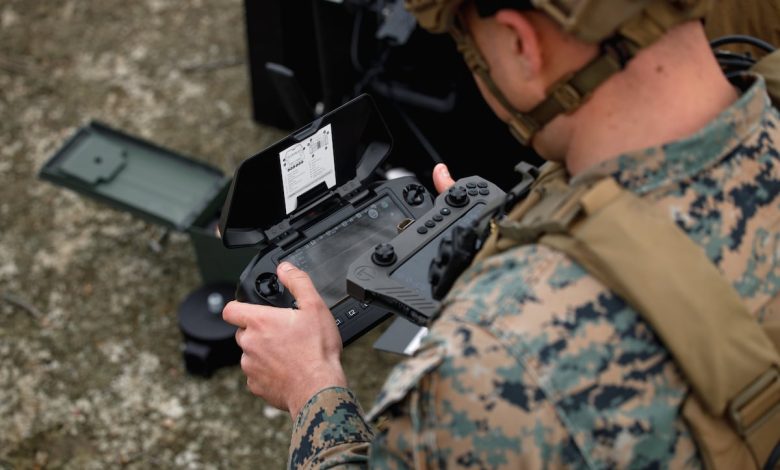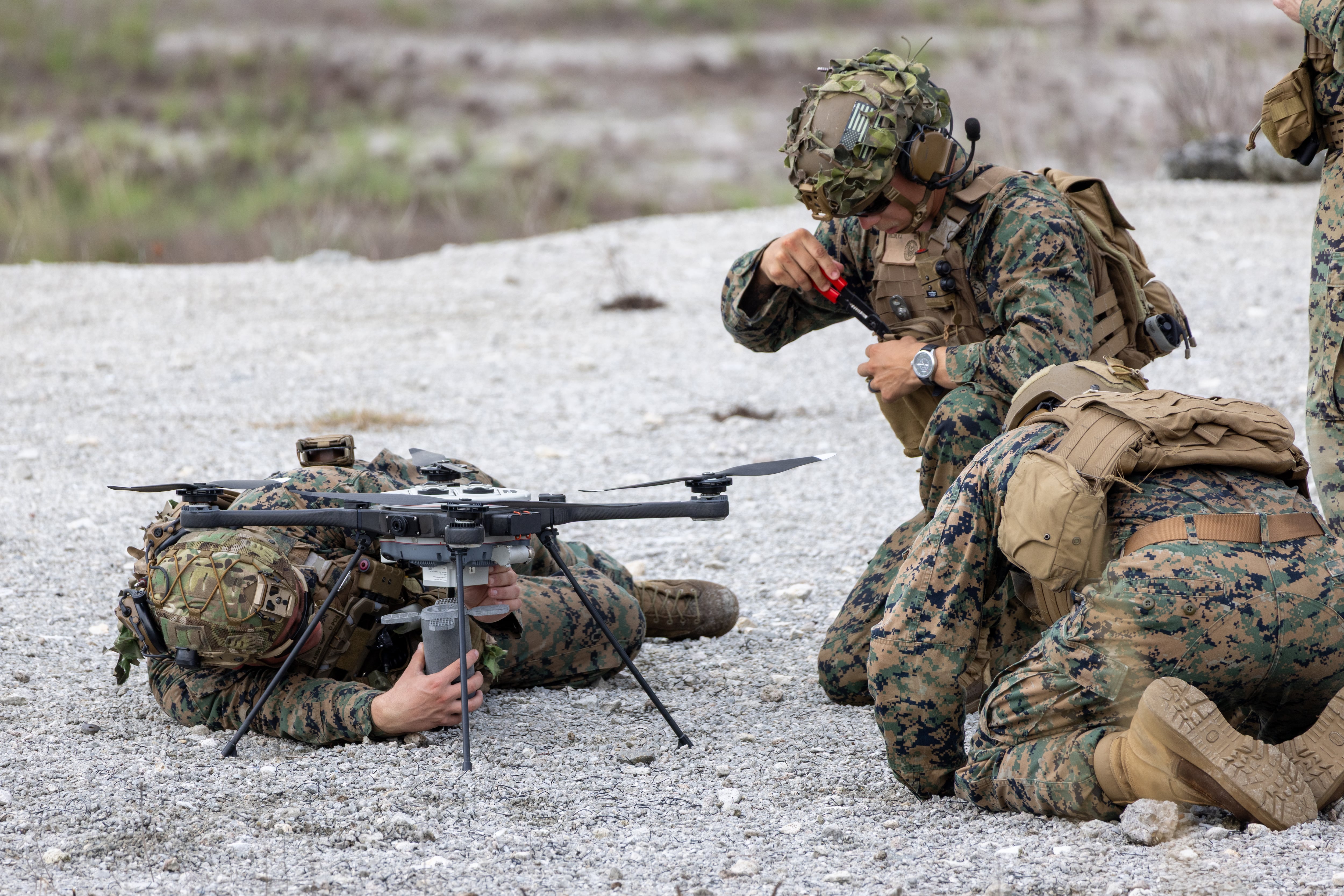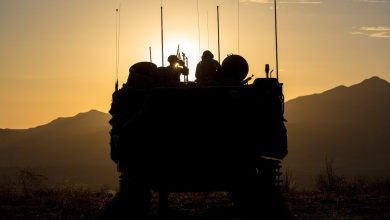The Marines now have an official drone-fighting handbook

On the heels of fielding the military’s first attack drone team, the U.S. Marine Corps added another weapon to their drone-fighting arsenal: a 90-page handbook all about employing small, unmanned aerial systems against the enemy and integrating them into formations.
The 1st Marine Division Schools’ Small UAS/Counter-small UAS Integration Handbook was published in June and approved for public release. It’s intended to support the 10-day sUAS/C-sUAS Integration Course recently launched at Camp Pendleton, which expects to see a throughput of about 400 students by the end of the year, according to a report from USNI News.
A foreword to the handbook is signed by Lt. Col. Nick Freeman, director of 1st Marine Division Schools, and co-signed by two first lieutenants leading the drone integration and signature management courses. It emphasizes that the handbook will be updated and rewritten often to keep up with evolving capabilities and practices.
The book “is not a general reference on broader aspects of sUAS-related equipping, organization, and training. Instead, it synthesizes lessons learned and best practices from across 1st Marine Division and elsewhere to provide basic considerations and ‘how to’ instructions that are missing or underdeveloped in other references,” the officers write.
“In doing so, this guide also develops and seeks to standardize common sUAS procedures for the infantry, fires, reconnaissance, and aviation units that will operate together with this capability.”
The manual’s publication comes amid a clear shift in defense priorities to favor drone warfare and emphasize, in particular, proficiency with “first-person view” or “one-way attack” small drones designed to pack a lethal punch.
In addition to the fielding of the Marine Corps’ Attack Drone Team, a small group of troops who will develop ways to employ these kinds of drones and integrate them into formations, the Pentagon in July announced a slate of changes to drone acquisition designed to “establish UAS dominance” by 2027.
RELATED
It’s a marked pivot from previous years, in which the services largely emphasized surveillance and logistics as the role of friendly, small drones in warfare and lacked a definitive approach to defending against hostile attack drones.
In 2020, a small group of infantry Marines crowdsourced an unofficial standard operating procedure for camouflaging small units from drone surveillance, underscoring the ad-hoc nature of efforts to account for this threat.
By contrast, the new 1st Marine Division handbook standardizes employment of various drones down to a common vocabulary.
Drone holding areas “are named after women and [battle positions] are named after animals (beginning with snakes), [loitering areas] are given the names of cigarettes and [task positions] are named after insects,” the manual states.
In addition, “hot walls” and “pizza slices” describe drone operating areas for hasty airspace deconfliction.
Charts and schematics show sample drone strikes in various personnel and equipment configurations. Tables break down specifications of the Corps’ most widely fielded small UAS. A sample strike brief provides a precise template for communications around drone operations. And a multi-page section on camouflage and evasion provides formal guidance on everything from hiding heat signatures to using vegetation to blend visually with the environment.
Drone employment as a team effort is emphasized throughout the book.
“In all cases, the operator of any one aerial system is unlikely to accomplish the unit’s mission by him/herself; instead, the operator performs tasks as part of a sUAS-equipped team whose other members may variously perform roles related to communications, targeting, mobility, protection, fires, maneuver/exploitation, and others,” the guide reads.
“For this reason, this handbook refers to sUAS teams as the basic unit of employment for these systems, even when the unit operating them (for example, a rifle squad or an artillery battery headquarters) may not have sUAS employment as its primary purpose.”
The handbook concludes with a list of chapters and sections the book is still missing, including weaponeering considerations for employing drones carrying munitions and a full chapter on tactics, techniques and procedures for one-way attack drones.
“Make no mistake, we are in a very tight race with our adversaries to master the possibilities of small aerial drones,” the authors write. “Consider this handbook a baton—now take it, and run with it!”

While 1st Marine Division did not make anyone available to talk about the handbook by press time, Samuel Bendett, an adviser focusing on Russian military technology and capabilities including drones, called the book’s publication evidence of a “psychological shift” about the realities of the drone threat and the need to employ small UAS skillfully.
The handbook itself acknowledges lessons in drone use absorbed from the ongoing Russia-Ukraine war, where both sides have employed UAS to great effect.
While Bendett acknowledged that the next U.S. fight might not resemble the conflict in Ukraine, he maintained that the echoes of that war “will be heard in every conflict going forward,” adding that China was paying close attention and already training its military in drone warfare.
“It’s not just an abstract notion that there are adversary drones somewhere and we have to defend against them,” Bendett said. “It’s the fact that it’s right there, just around the bend, just just beyond the next building, just beyond the next tree. It’s there just two or three klicks away, and it’s observing and flying at you, and you won’t be able to react in time if you’re not prepared for it.”
Another helpful shift evidenced in the document, he said, was in viewing UAS not as small aircraft, but as weapons.
“These are not aircraft,” he said. “These are cheaper, attritable tactical systems that should be available to every military formation, based on what they’re doing and based on how they’re fighting.”
Read the full article here









